Delta EMA for MT4
- Indicatori
- Steven Brown
- Versione: 1.4
- Aggiornato: 18 novembre 2018
- Attivazioni: 5
Advantages
- Indicates strength of momentum
- Shows trend reversals
- Provides buy and sell signals
Features
- Audible alerts
- E-mail alerts
- Prints data to terminal
- Adjustable parameters
- Updates in real time
- Accessible by external EA
Input variables
EMA periods: The number of bars in the exponential moving average of delta. This number determines the alpha or smoothing factor of the moving average.
Sound alert: When set to true, indicator sounds an audible alert when a transition bar exceeds the value of input variable "Signal threshold," becoming a signal bar. The alert is sounded the first time the current bar exceeds the threshold value, and it is sounded when the close of a bar exceeds the threshold value.
E-mail alert: When set to a value greater than zero, the indicator sends an e-mail, to the a address specified by the user in Metatrader settings (Tools\Options\E-mail), when a transition bar exceeds the value of input variable "Signal threshold." Set this value to 2 to send an e-mail alert the first time the current bar exceeds the threshold value and when it closes above that value. Set this value to 1 to send an e-mail alert only when a bar closes above the threshold value. Set this value to 0 to disable e-mail alerts.
The default values of "EMA periods" and "Signal threshold" work well on the H1 chart. Smaller values of "Signal threshold" work better on shorter timeframes, where changes from one bar to the next are less, and larger values work better on longer timeframes. Optimal values can be found by using the output of Delta EMA as input to an Expert Advisor and running the EA in Strategy Tester. The EMA of delta for the current bar not yet completed is updated at every incoming tick and is displayed in the upper-left corner of the indicator's window. This value, or the value at the close of any previous bar, can be accessed by an external Expert Advisor calling the iCustom() function. The link to iCustom() provides an example of how to do that. The number of the indicator buffer to access is 0 and should be passed to iCustom() as the "mode" parameter. That buffer uses reverse indexing order, so the index for the value of the EMA of delta for the current bar is 0, the index for the value at the close of the preceding bar is 1, the index for bar before that is 2, and so on. That index should be passed to iCustom() as the "shift" parameter.
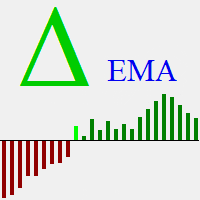


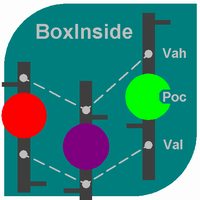

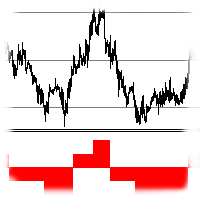


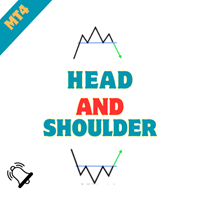
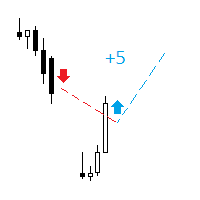
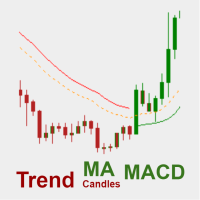

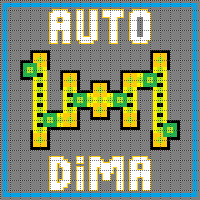

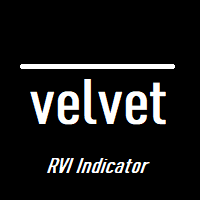
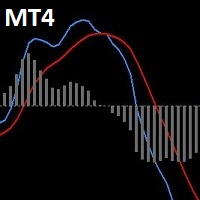


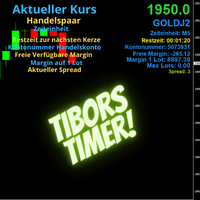
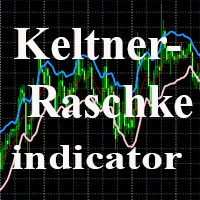
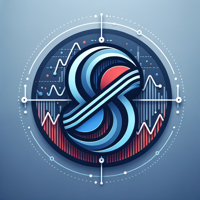


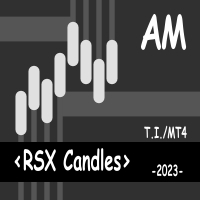


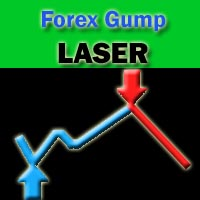
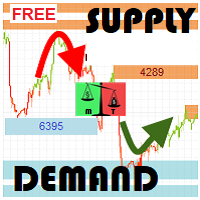
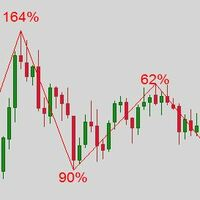

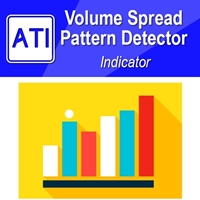


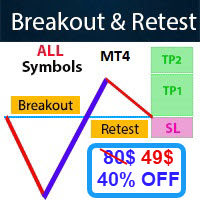








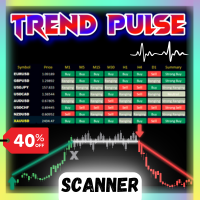



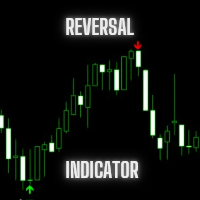
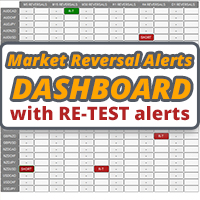





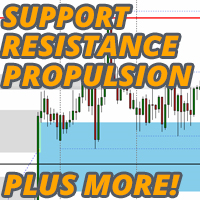


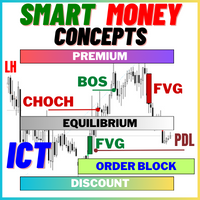
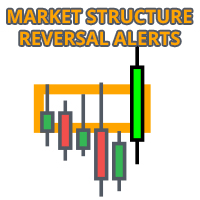


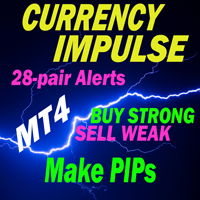
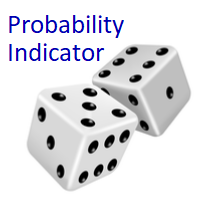
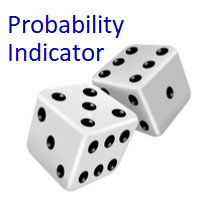
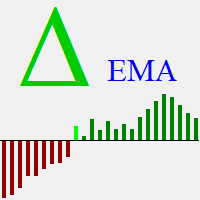
L'utente non ha lasciato alcun commento sulla valutazione.